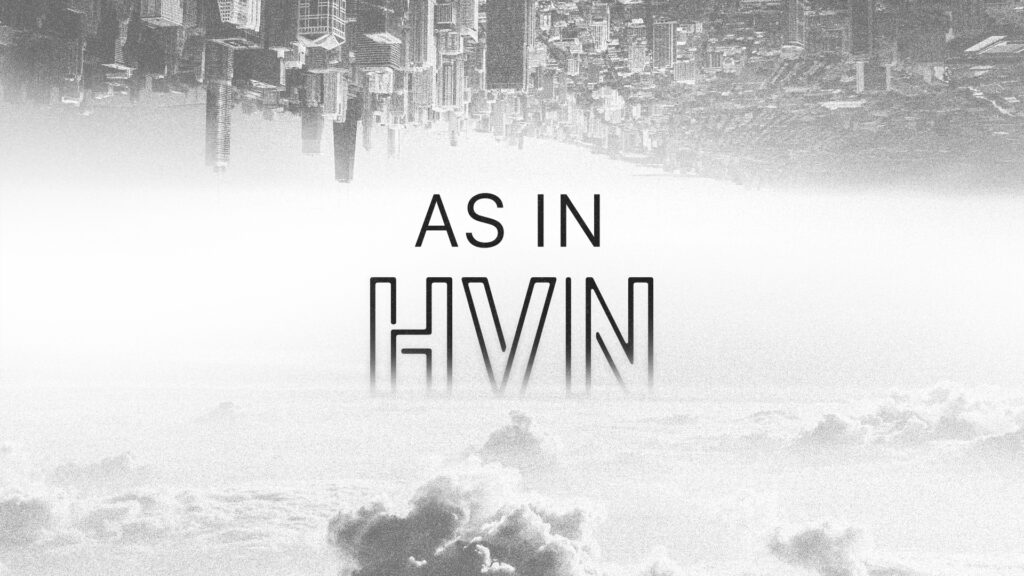
Multi-Directional Leadership and the Conversation on Race and Justice (video)
Trevin Wax drills down on his idea of multi-directional leadership and how it relates to our national conversation on race and justice. He helps us understand some of the dangers on either side of the political spectrum on this topic as well as the relative proportional size of those respective threats.
Wax shows us how the historic black church offers us a paradigm for cultural engagement in our secular age and encourages us to embrace a posture of humility as we enter into these challenging conversations.
The group addresses:
- Introduction and background for Trevin (1:30)
- Defining multi-directional leadership (3:43)
- Speaking prophetically as a leader (6:36)
- Application to race conversations (11:06)
- Racial injustice and evangelicalism (15:04)
- Evangelicalism and Black Lives Matter (19:35)
- Problematic associations in race conversations (23:38)
- Barriers to engaging in this conversation well (27:34)
- Differences between the Civil Rights Movement and Black Lives Matter (34:00)
- Learning from the historically Black church (39:25)
DISCUSSION QUESTIONS:
1. How would you define a one-directional leader? What are the threats of one-directional leadership? How would you define multi-directional leadership?
2. What are examples we see in the Bible of multi-directional leadership? How were Paul and James talking about the same doctrine of justification but guarding that doctrine from different errors from opposite directions?
3. What do you view as the greatest threat to the American church today? Which side of the spectrum do you most naturally see these threats coming from?
4. If you were to stray from biblical orthodoxy (right beliefs or doctrine) or orthopraxy (right or ethical actions or behaviors) on one side of the field, which way would it be? What are ways you can bring voices into your life that would help with that drift?
5. How can we apply the principles of multi-directional leadership to how we process uppercase “Black Lives Matter” (the organization) and lowercase “black lives matter” (the statement of human dignity)?
6. As the church loses the cultural authority it has enjoyed, what are ways it can learn to lead and lead “from the margins”? How does the historic black church help us in this leading from the margins?